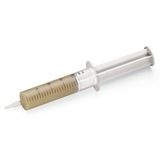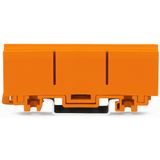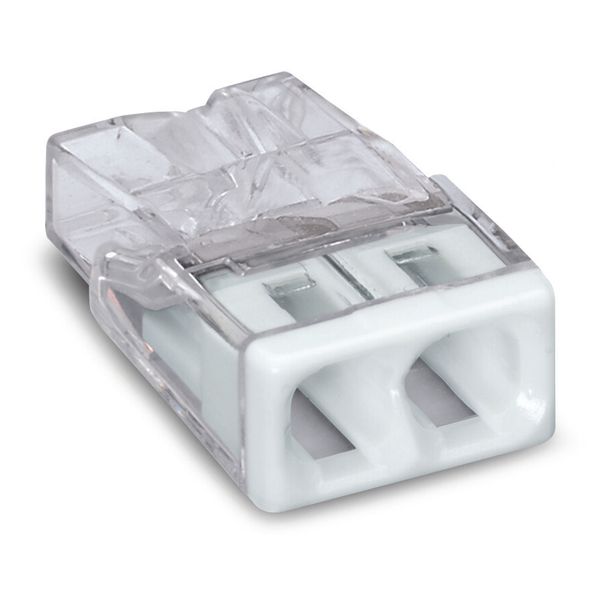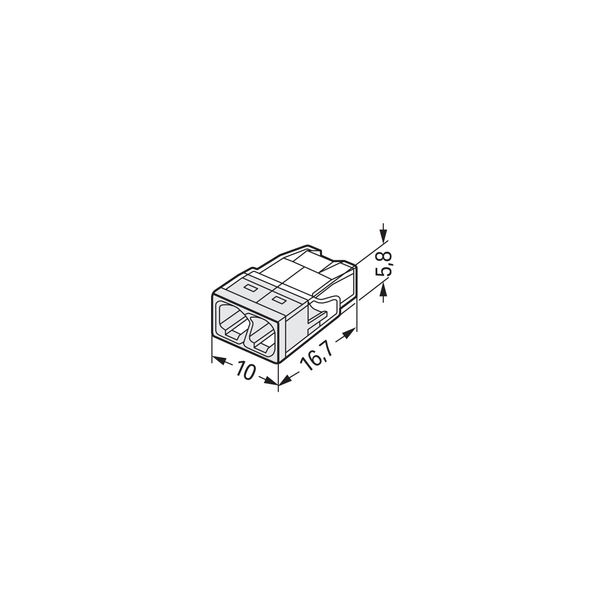This component is designed to provide precise and efficient control within an electrical system. It manages signal transmission or power distribution, ensuring reliable performance in complex configurations. ### Electrical Specifications Operates within a voltage range suitable for standard industrial applications. Current handling capacity supports moderate load scenarios, enabling compatibility with various setups. Integrated safety features guard against short circuits and overload conditions. ### Physical Features Compact construction with standardized dimensions to fit seamlessly into equipment housings. Durable housing materials ensure resistance to environmental stresses like heat and mechanical vibration. Connection terminals are optimized for stability during installation and long-term use. - Rated operating voltage: 220–240V AC, check circuit requirements before installation. - Maximum current rating: 10A; exceeding this risks malfunction or damage. - Not compatible with high-frequency signal lines—use specialized alternatives if needed. - Requires ambient temperatures between -20°C and +50°C; avoid overheating zones or unregulated environments. - Certifications include IEC standards for safety compliance, confirm regulations in deployment area before use.







